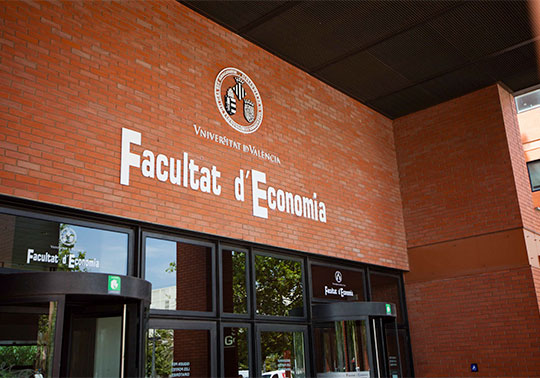
The seminar will be at 17.00 on 2 December, in the computer room S511 (Dual) Room code: 25 Floor:5.
The seminar will be imparted by Anne Marie Garvey from Faculty of Economics, Business and Tourism, University of Alcalá
Abstract:
EU regulations since 2017 have required all Member States to disclose their accrued-todate pension liabilities (ADL) using a standard actuarial cost method and some common assumptions. This applies to both Social Security (SS) schemes and unfunded defined benefit (DB) schemes covering civil servants. These pension liabilities have to be disclosed in a supplementary table referred to as Table 29. An actuarial balance sheet (ABS) can be defined as a financial statement that lists a pension system's obligations to contributors and pensioners at a particular date, together with the amounts of the assets (financial and in particular those from contributions) that underwrite those commitments. The ABS can be used to assess the solvency of SS schemes, whereas Table 29 cannot. This paper develops a methodology to (easily) transform Table 29 into an ABS and compile its associated income statement (IS). To enable policymakers to better understand how the model would function, the paper also contains a country case study based on data from the most recently published Table 29 for Spain. According to our best estimate assumptions, it can be said that the Spanish pension system is partially insolvent because only part of the pension entitlements is backed up by assets, and that the system's sustainability ha markedly deteriorated over the period 2015-2018.







